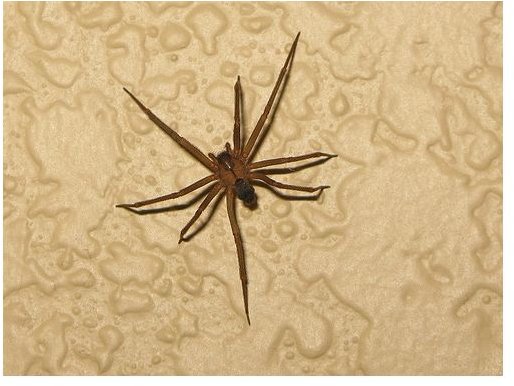Brown Recluse Spider Bites: Are They Venomous and How Are They Treated?
There are approximately 20,000 different types of spiders in the Americas and only 60 of them are able to bite humans. Of those 60, only four are dangerous to humans. The brown recluse spider is one of the four spiders that can be dangerous to humans. It is capable of causing disease and in rare cases even death. Humans who have died from brown recluse spider bites are reported to have been seven years of age or younger. These spiders are found in the midwestern and southeastern states. Only ten have been found outside of these regions in the United States.
Brown Recluse Spider Habits
Brown recluse spider bites occur most often during the summer months. These spiders are most often found in warm, dark and dry environments such as old tires, attics, woodpiles, closets, basements, barns and porches. Brown recluse spiders are not aggressive by nature and only bite when they feel threatened. They tend to feel most threatened when pressed against the skin of a human.
Is Their Venom Poisonous?
Brown recluse spider venom is known to be extremely poisonous. It is said to be more potent and dangerous than the venom of a rattlesnake. However, since these spiders release only small quantities of venom, the diseases caused by the venom are less serious when compared to a rattlesnake bite. Brown recluse spider venom, which is a collection of enzymes, is toxic to tissues and cells. Eventually the venom will cause tissue death and the venom does activate the body’s immune response. Secondary effects of brown recluse spider bites include kidney damage, red blood cell destruction, coma, blood clots, low platelet count and sometimes death.
How Are Brown Recluse Spider Bites Treated?
Everyone who is bitten by a brown recluse spider needs to get medical attention the day they are bitten to avoid possible serious complications. While waiting to get to a doctor the person who was bitten should perform a few home-care techniques to minimize their symptoms. First and foremost the person needs to apply ice and elevate the affected area. Next, they need to thoroughly wash the affected area with mild soap and cool water. They should also avoid any strenuous activity to limit the possibility of the venom spreading. They should never apply heat to the affected area, apply steroid creams to the affected area, remove the affected tissue, remove the venom themselves or apply any type of electricity to the affected area.
After a doctor examines the patient and asks all necessary questions they will often administer a tetanus shot if necessary. The doctor may also administer pain medication to alleviate pain and an antihistamine to alleviate any itching. If an infection is present, the doctor will administer antibiotics. In the United States, there is no brown recluse spider antivenom available. There are a few controversial brown recluse spider bite treatment options, but these are rarely used because there are no proven benefits. If the patient has any other medical conditions or if they are in moderate to serious condition they may need to stay in the hospital a day or two for observation. Most patients that receive medical treatment in a timely manner recover well from brown recluse spider bites.
Resources
eMedicine Health. (2009). Brown Recluse Spider Bites. Retrieved on June 28, 2009 from Website: https://www.emedicinehealth.com/spider_bite_brown_recluse_spider_bite/article_em.htm
Image: https://www.flickr.com/photos/oakleyoriginals/3414329799/
